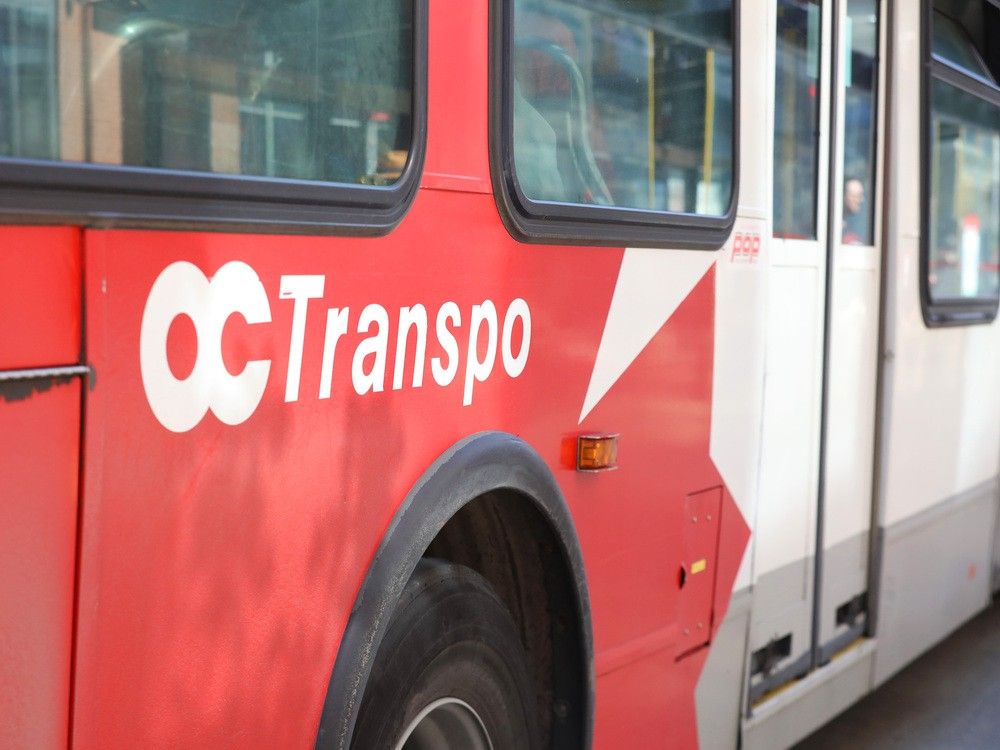The City of Ottawa plans to invest $4.5 billion in a new “needs-based” transit network that aims to improve public transit reliability, with an additional $8.3 billion needed from other levels of government.
The plan includes a series of O-Train extensions, transitway corridors, bus lane projects, transit priority corridors that are intended to give Ottawans more transit options.
The
Transportation Master Plan
Capital Infrastructure Plan, which was submitted to the public works and infrastructure committee last week, stated that the City of Ottawa wants half of all trips to be made by sustainable modes of travel, such as walking, cycling, transit and car-pooling, by 2046.
The needs-based transit network aims to increase transit service hours, active transportation investments and other initiatives to encourage sustainable travel choices, the report said.
City staff also said the new network will be needed to meet Ottawa’s mobility with projected population and employment growth. City staff said nearly 200,000 new residents have moved to Ottawa since 2013, and the city is projected to add 400,000 more people over the next 20 years.
One of the projects under the needs-based transit network is the Cumberland Transitway, a bus rapid transit corridor from Blair Station to Millennium Station. The transitway will run along Innes Road and Blackburn Hamlet Bypass.
This is a shift from the 2013 Transportation Master Plan, which would have run from Blair Station to the east of Tenth Line. The original proposal also called for the transitway to run along Renaud Road and Anderson Road.
Additionally, only one station is proposed in Blackburn Hamlet instead of two.
City staff said the revised route will provide
“sufficient capacity to accommodate projected ridership”
while “significantly reducing costs” and “improving constructability.”
The report also said the revised alignment was necessary to move the project forward.
“While an Environmental Assessment update would be required, the revised alignment is considered both cost-effective and feasible, whereas the previous alignment was not feasible due to lands and NCC opposition to the proposed alignment through the Greenbelt,” the updated Transportation Master Plan said.
“The Cumberland Transitway is one of the highest ranked Transitway projects and is urgently needed. Without the proposed change in alignment, the City would not have the NCC’s support and the project would not be able to move forward and could not be submitted for federal or provincial funding.”
Priority transit network to be implemented by 2046
In addition to the needs-based transit network, the city also identified the highest priority projects that are expected to be implemented within the next 20 years.
The projects included new or upgraded bus rapid transit corridors for the Baseline-Heron Transitway from Algonquin College to Billings Bridge and the Cumberland Transitway from Blair Road to Chapel Hill Station to Esprit Drive. These two projects were recommended by city staff to be funded first based on need and readiness.
The O-Train line extensions include a Line 1 extension from Algonquin Station to Barrhaven and a Line 3 extension from Moodie Station to Hazeldean Station.
City staff said the rapid bus projects will be injected with $2.3 billion from the city. The rest will be funded by other levels of government.
The line extensions will cost an additional $8.3 billion, the city said, and it is fully reliant on funding from other levels of government.
City administration recommended the entire network be submitted for funding from the Canada Public Transit Fund.
“However, even with 100 per cent capital funding, the operating costs of these projects are very significant and
are not expected to be substantially offset by increased fare revenue
from these extensions,” the Transportation Master Plan said.
Related
- Homelessness in Ottawa has reached a record high. What can be done about it?
- Man accused in Holocaust Memorial vandalism is City of Ottawa lawyer on leave



